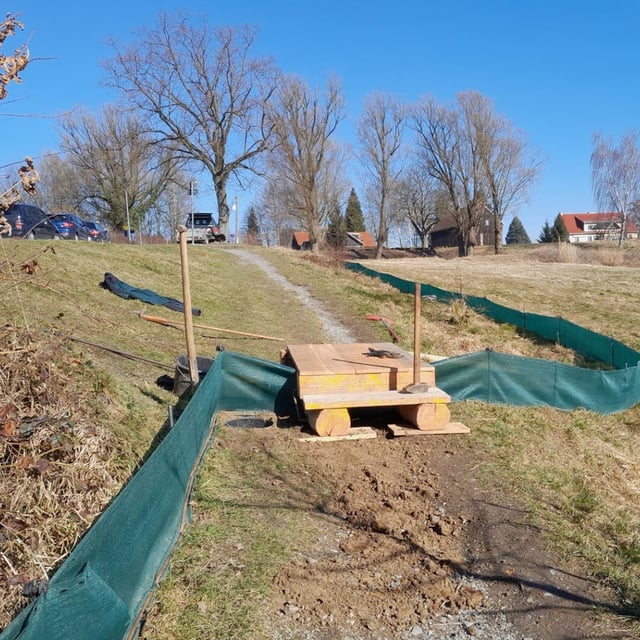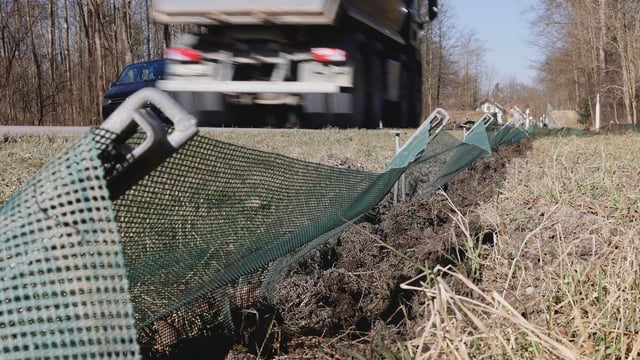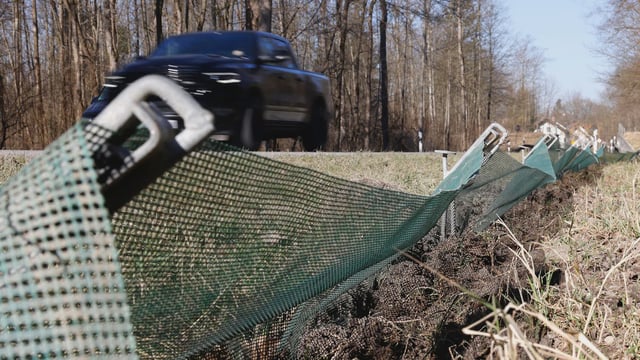Overview
- Seasonal amphibian migrations are underway in regions across Germany, with conservation groups and volunteers setting up protective barriers to prevent road fatalities.
- The number of amphibians, including toads, frogs, and newts, has sharply declined, with some areas reporting population drops of 60-75% over the past decades.
- Key threats to amphibians include habitat loss, pesticide use, climate change, and diseases such as the Chytrid fungus, which thrives in warmer conditions.
- In counties like Freising and Erding, fewer protective fences are being installed due to the declining amphibian numbers, though volunteers continue to transport hundreds of animals safely each year.
- Authorities and conservationists are urging drivers to exercise caution on roads near known migration hotspots, with some areas implementing nighttime road closures to protect the animals.


